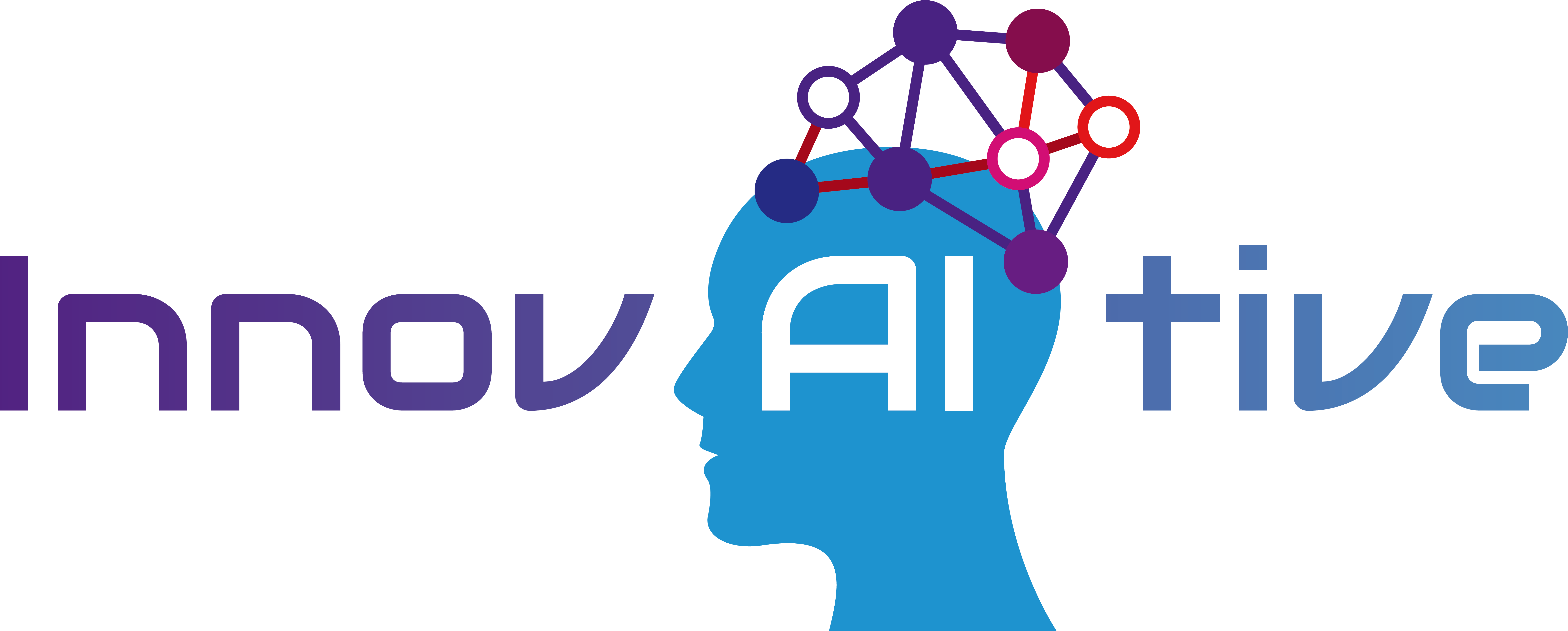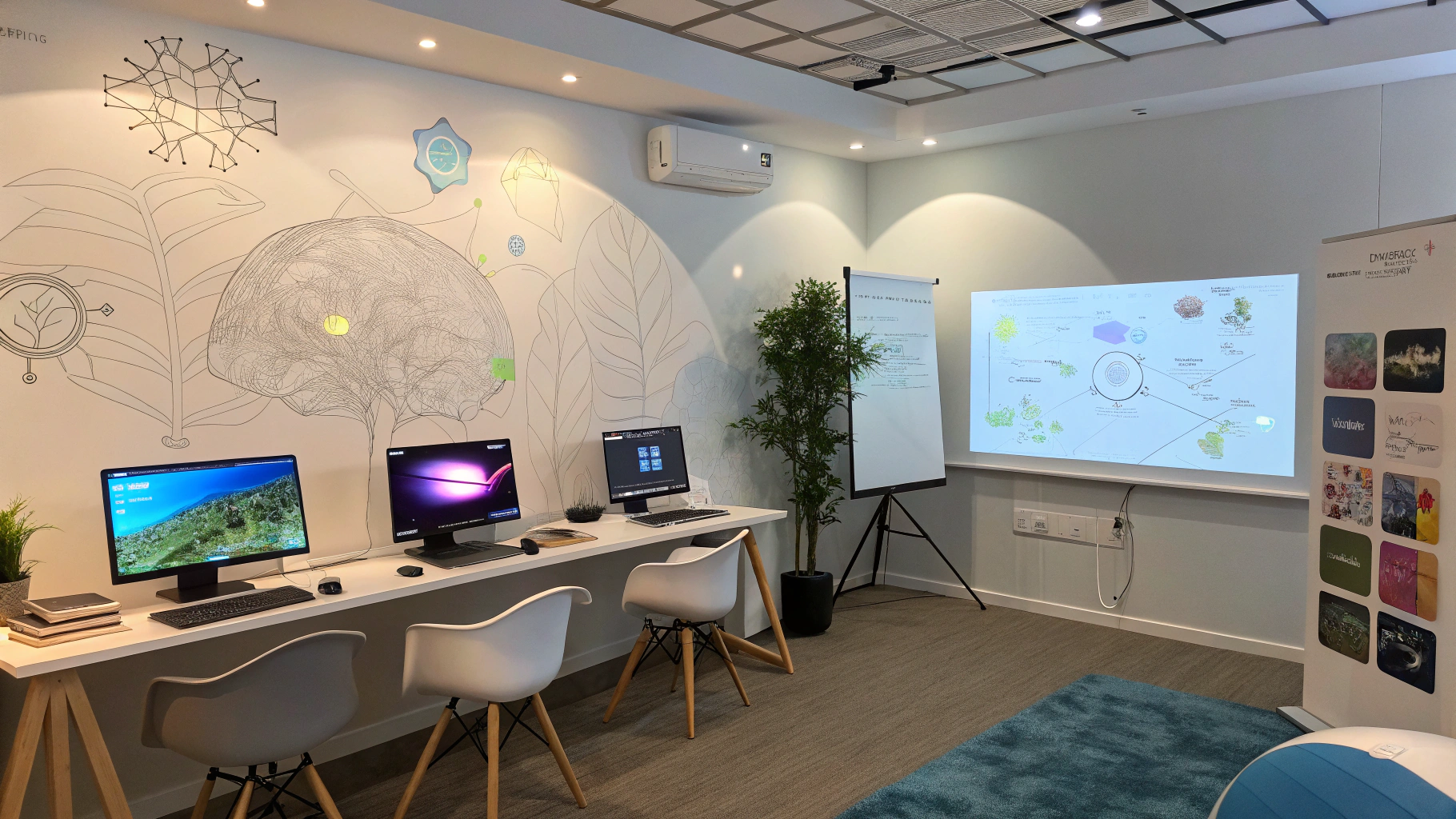Did you know that 70% of AI projects fail due to lack of strategic planning? As organizations race to adopt artificial intelligence (AI), many find themselves adrift in an ocean of data, tools, and technologies, struggling to align their AI initiatives with overarching business goals. This misalignment often leads to wasted resources and missed opportunities.
In this article, we will explore the critical role of strategic planning in the AI landscape and demonstrate how it can foster innovative projects that significantly impact industries and society. We’ll outline steps that organizations can take to create a solid strategic plan and highlight case studies from companies that exemplify success in leveraging AI through careful planning.
Understanding Strategic Planning in AI
Strategic planning in AI is a process that involves defining an organization’s direction and making decisions on allocating its resources accordingly. It helps companies clarify their vision and mission and subsequently guide their AI initiatives.

Definition of Strategic Planning
At its core, strategic planning is about envisioning the future of an organization and mapping out the best path to achieve those goals. In the realm of AI, this includes assessing current AI capabilities and determining how to align them with business objectives, user needs, and market demands.
The Role of Vision and Mission
An effective strategic plan begins with a clear vision and mission statement. For instance, a company like Google has a mission to “organize the world’s information and make it universally accessible and useful.” This guiding principle aids in directing its numerous AI initiatives, ranging from developments in natural language processing to innovations in machine learning.
Key Components of a Successful Strategic Planning Process for AI
- Assessment: Understanding current technological capabilities and market trends.
- Vision Alignment: Ensuring that AI projects align with the company’s broader strategic objectives.
- Stakeholder Engagement: Involving key stakeholders to gain insights and foster buy-in.
- Resource Allocation: Deciding on the necessary investments in technology and talent.
Setting Clear Objectives for AI Innovation
Defining clear, measurable objectives is paramount in any AI project. Without them, teams may find themselves lost, veering off course and failing to deliver meaningful results.
Importance of Defining Clear, Measurable Objectives
Objectives serve as the roadmap for AI initiatives, guiding teams on what to prioritize. When these objectives are specific and measurable, they allow organizations to track progress and adapt as necessary.
How SMART Goals Can Guide AI Development Projects
Utilizing the SMART framework can enhance the effectiveness of AI project objectives:
- Specific: Objectives should be clear and succinct.
- Measurable: Establishing metrics to quantify success.
- Achievable: Goals should be realistic given the organization’s resources.
- Relevant: Aligning with broader business objectives.
- Time-bound: Setting deadlines to ensure timely delivery.
For example, IBM’s Watson Health set a SMART goal of improving patient diagnosis accuracy by 30% within two years using AI analytics across extensive healthcare datasets.
Examples of Effective Objective-Setting
Another great example is Salesforce‘s AI initiative called Einstein, where the company aimed to enhance customer engagement through personalized recommendations, with specific KPIs centered around customer engagement levels and sales conversions.
Collaboration as a Cornerstone of AI Success
Collaboration drives the effectiveness of AI initiatives and is essential for innovative breakthroughs.
The Significance of Cross-Functional Teams
AI development often requires diverse expertise—from data scientists and engineers to business analysts and marketing professionals. Citing successful organizations like Microsoft, they have found that cross-functional teams not only increase creativity but also help bridge the gap between technical and non-technical stakeholders.
Strategies for Fostering Collaboration
- Regular interdisciplinary meetings: Establish communication pathways between teams.
- Shared platforms: Tools like Slack or Microsoft Teams can facilitate ongoing collaboration.
- Inclusive Culture: Encourage an environment where all voices are heard, fostering innovation from varying perspectives.
Case Studies
Consider NVIDIA, which collaborates with top academic institutions to push the boundaries of AI research. These partnerships have led to significant advancements in AI technologies, such as deep learning frameworks, illustrating the power of collaboration.
Developing a Roadmap for AI Implementation
Creating a strategic roadmap for AI initiatives involves careful planning and consideration of various factors that impact successful implementation.
Steps in Creating a Strategic Roadmap
- Define Long-Term Vision: Identify what the organization aims to achieve with AI capabilities.
- Identify Milestones: Break down the journey into shorter phases with measurable outcomes.
- Allocate Resources: Assess budget, technology needs, and human resources necessary for each phase.
- Review and Adapt: Ensure periodic evaluations of progress and adjust the roadmap as needed.
Best Practices for Aligning AI Projects
Utilize frameworks such as the AI Maturity Model which can assist businesses in evaluating where they stand in their AI journey and aligning projects to reach desired maturity levels.
Tools and Frameworks
Tools like Trello or Asana can be beneficial in visualizing the AI project roadmap, maintaining clarity on timelines, tasks, and accountability among team members.
Evaluating and Adjusting the Strategy
Once an AI strategy is implemented, evaluating its effectiveness is crucial to ensuring ongoing improvement and adaptability.
How to Measure Success
Key performance indicators (KPIs) should be pre-defined to assess the outcomes of AI initiatives accurately. These could include metrics like user adoption rates, solution accuracy, and ROI.
The Importance of Flexibility
Given the rapid pace of advancements in AI, strategies must be flexible. Organizations should implement periodic strategy reviews—quarterly or annually—to reassess their objectives and adapt to new technologies.
Tactics for Ongoing Evaluation
- Feedback Loops: Regularly collect feedback from AI system users and stakeholders.
- Data Analysis: Utilize analytics tools to evaluate performance against objectives continuously.
- Continuous Learning: Encourage teams to stay informed of the latest AI trends and research to integrate new insights into their roadmap.
Conclusion
Strategic planning is not merely a precaution; it is the bedrock of innovation in AI. By establishing clear objectives, promoting collaboration, and developing a well-structured roadmap, organizations can harness the true potential of AI-driven solutions. With the right strategy in place, businesses can transform their AI initiatives into powerful drivers for growth and innovation.
Ready to take your AI initiatives to the next level? Explore our resources on strategic planning to start your journey towards innovation.

